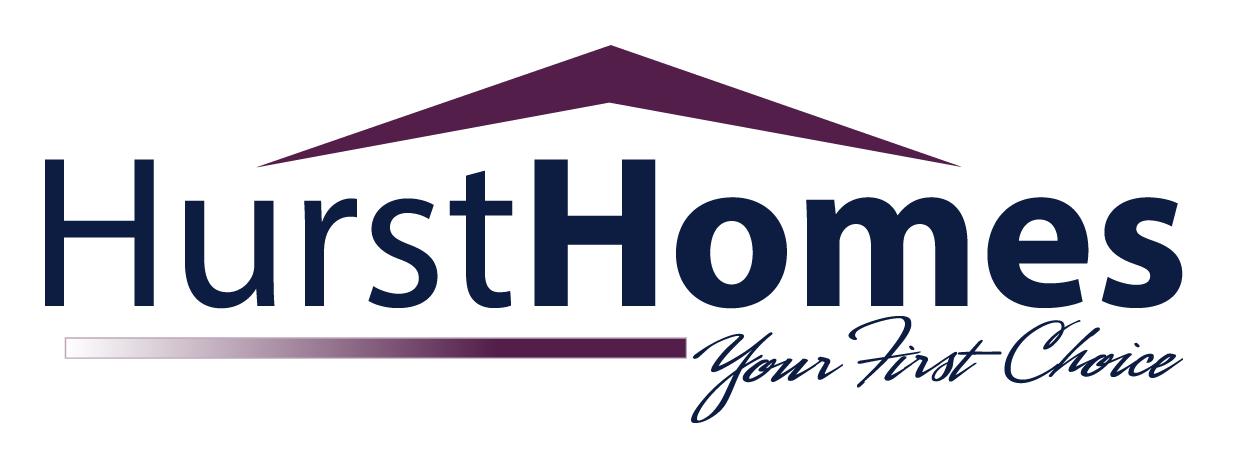PLANS & COPYRIGHT
We often get asked about copyright when it comes to producing plans. Floor plans and building designs are available everywhere but using these designs without the owner’s permission can lead to serious legal problems.
The Copyright Act of 1968 states designs cannot be copied or used in any way without the owner’s consent. Material that is protected by the Copyright Act includes drawings, sketches and plans of houses. It’s not necessary to register the documents; copyright protection is automatic.
A popular urban myth is if a building plan is changed by 10 percent it won’t infringe copyright. This is completely untrue and has resulted in many people getting into trouble.
The issue is the intention to breach or infringe copyright, for instance if something is unique and has been copied that is a clear breach. Problem is, there are a lot of plans in the marketplace and they could all be similar.
The situation normally occurs when a client has been quoted by a builder and then takes the plans away to think about it. They then show the design to another builder who offers to undercut the price so they can win the business without having to do the legwork. In most cases the second builder will offer to amend the plans to avoid copyright infringement. A contract is then signed and the build commences. However, this has become such a common practice that most design build companies routinely follow up on lost opportunities after six monthsYour best option is to negotiate with the owner of the copyright before you commence work. That way you can obtain a release for a small fee which you can probably get the second builder to pay. If you start building your hand will be weakened as there is no fallback position, the copyright owner holds all the cards and will win in court leaving you with a huge legal bill as well as a compensation payment.

